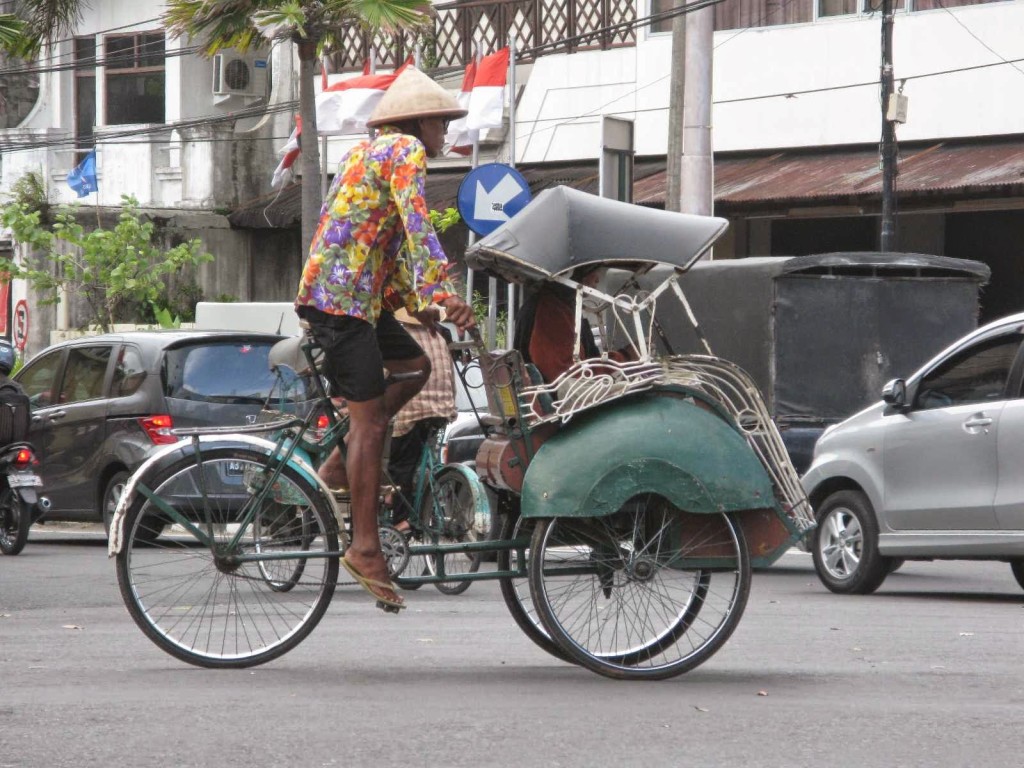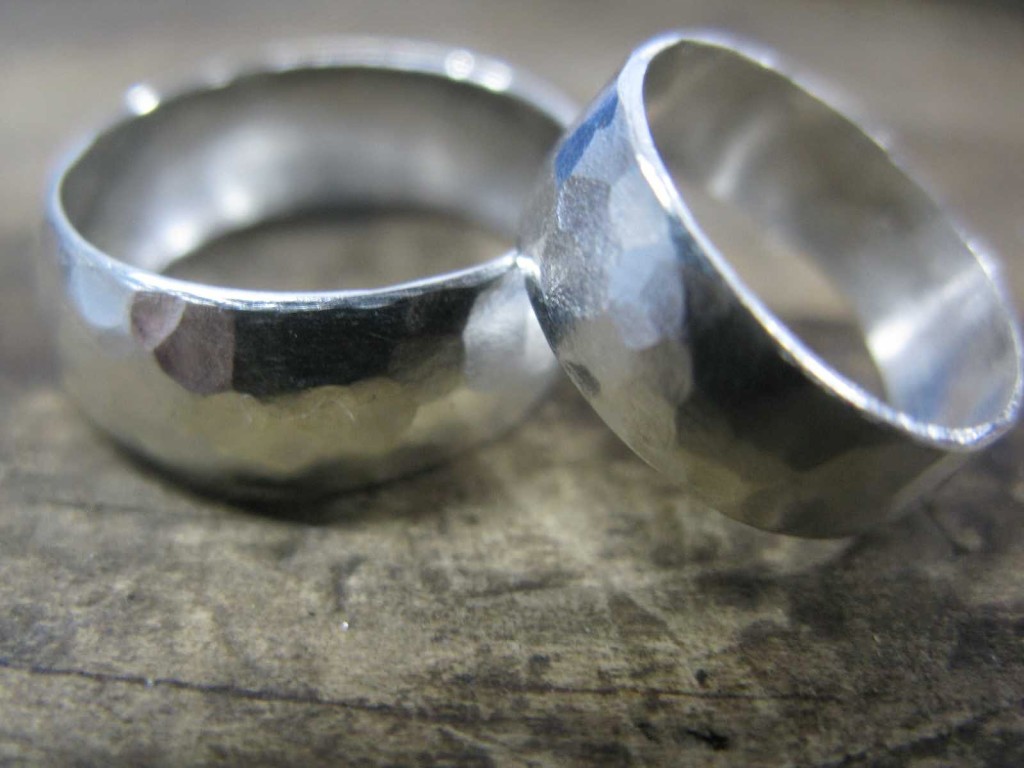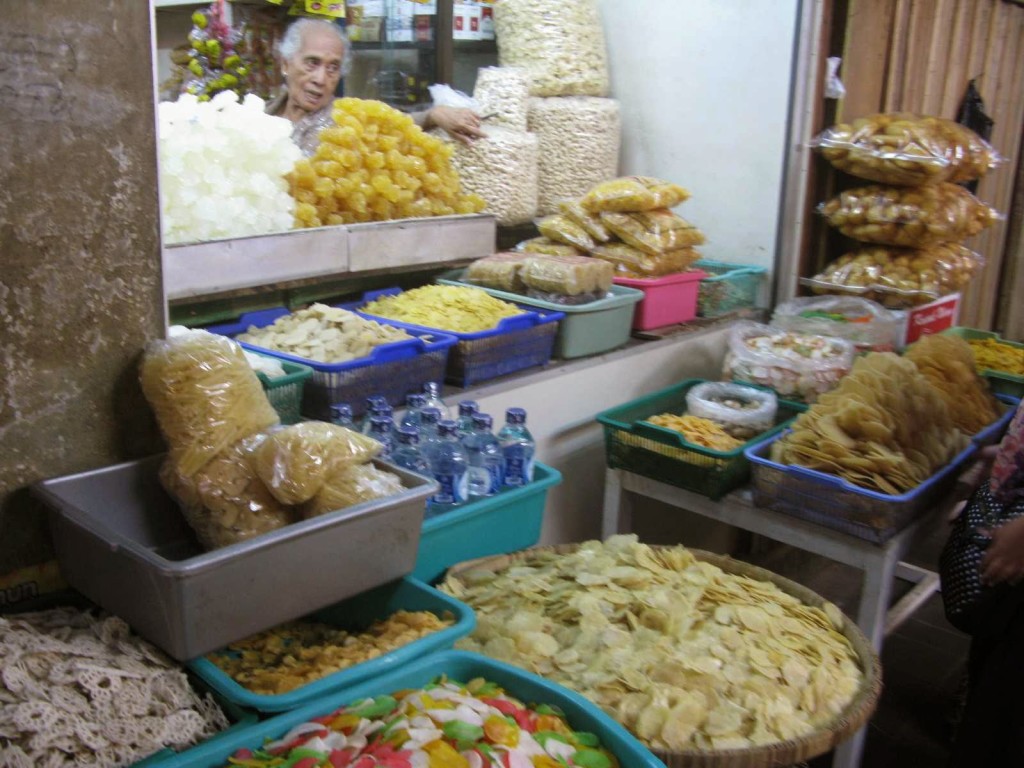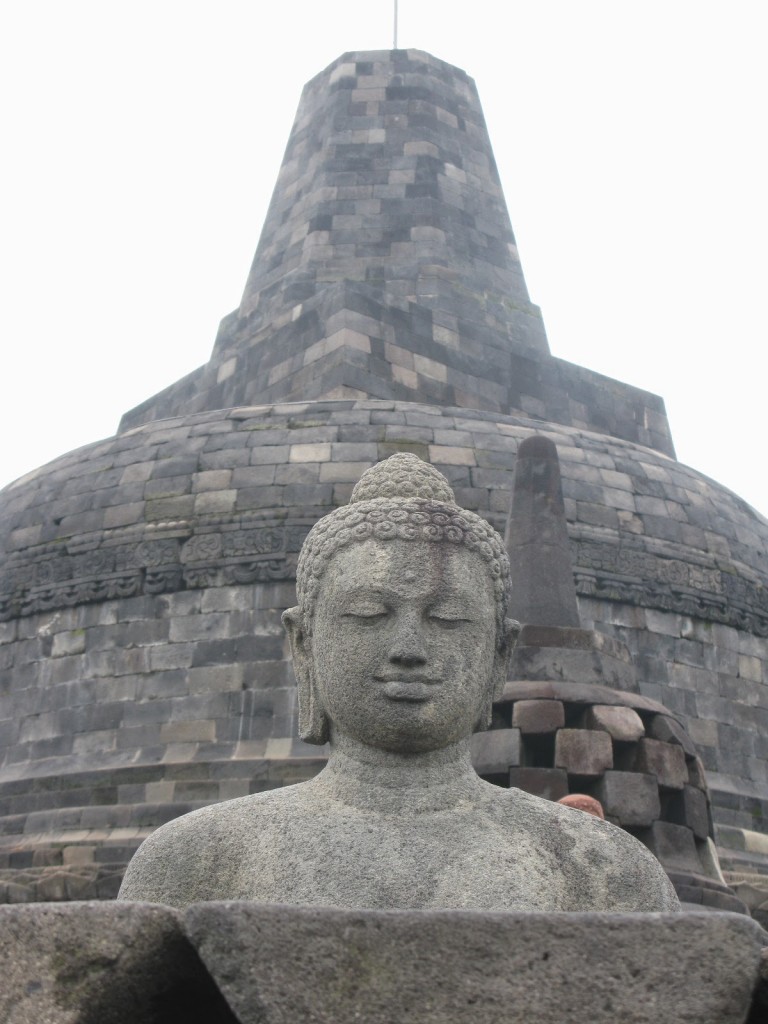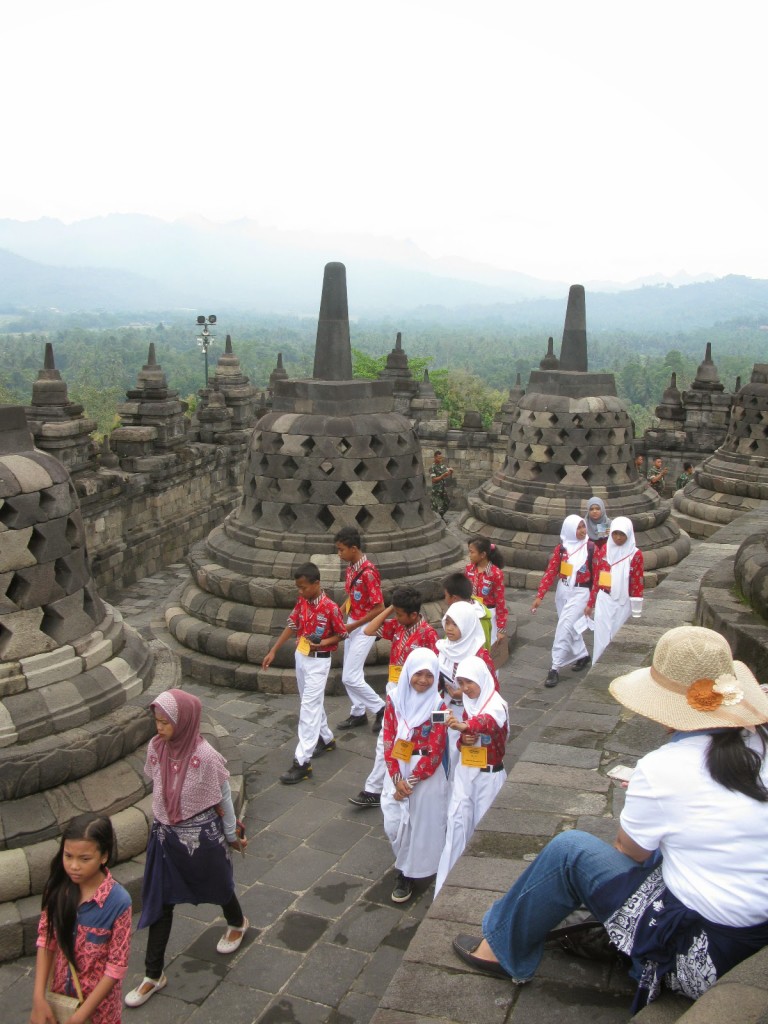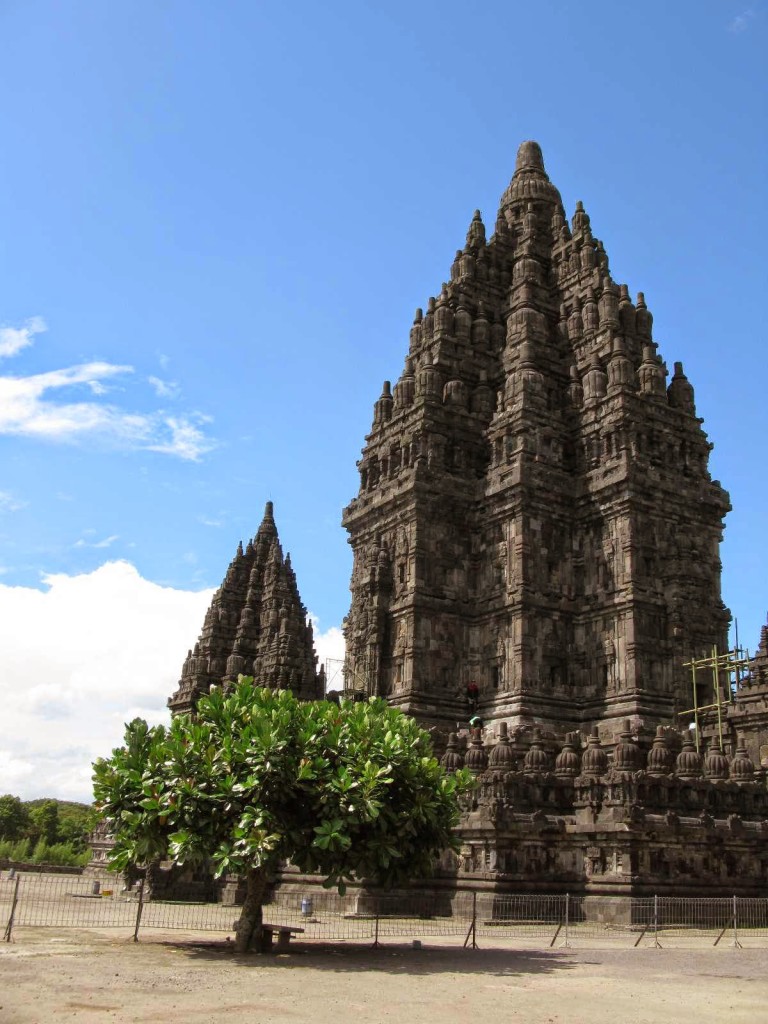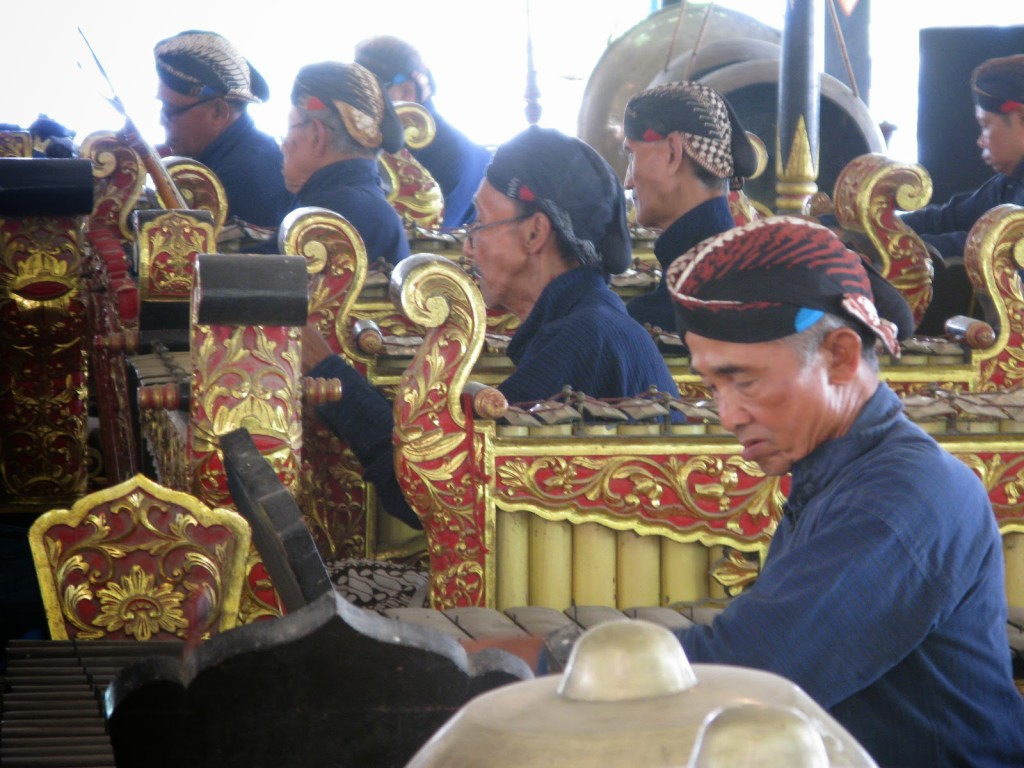The flight from Singapore took less than two hours, but even from the air Java looked like a very different kind of place, its distinctively volcanic mountains and rice terraces contrasting sharply with Singapore’s urban sprawl, and after the hi-tech diversions and plush armchairs of Changi, Yogyakarta’s Adiscupito airport seemed like a step back to airports that we had passed through in India 20 years ago.
Immigration was fairly efficient, but there was no baggage carousel – instead, all the bags were hauled off a short conveyor belt and stacked in three rows. When they were all there the barrier was removed to allow the passengers all to scramble for their bags at once, struggling to carry them out against the throng still trying to get in. The arrivals facilities appeared to consist of three wooden desks, one for currency exchange, one for hotel transfer, and one for taxis. Possessing no Indonesian rupiah and with no cashpoint evident, we had no choice but to change enough Singapore dollars to pay the Rp70,000 (£4) demanded by the taxi desk – we later discovered that the exchange rate was appalling, as I suspected at the time.
Our driver was friendly and chatty, but very soon exhausted his English vocabulary – this didn’t bode well for communication in Indonesia, as my Indonesian is still very basic. Surprisingly, given its location tucked down an alleyway off an unnamed lane, he found the De Pendopo guest house without any trouble.
Set around a garden, the De Pendopo only has 5 rooms, plus an open pavillion (a pendopo, in fact) housing a kitchen and seating area (complete with a gigantic gold Buddha). The room was a reasonable size with a verandah and a funky, pebble encrusted bathroom into which a red passion flower creeper strayed through the gaps under the roof – but some things didn’t seem to have been thought through very well, like the lighting (inadequate and badly positioned) and the insect-facilitating gaps. Also the fact that the only wash basin was on the verandah.
After settling in we set out to explore the neighbourhood and get some more cash. In spite of its billing as a ‘major’ centre for tourist hotels and restaurants, Jalan Pawirotaman is just a narrow lane between two major thoroughfares. There are a couple of gift shops but it’s all quite low key, and the only pushiness comes from the becak drivers ( bicycle rickshaws with the driver at the back). A heavy rainstorm delayed our progress, and when it didn’t look like stopping we took shelter in a restaurant and spent half our remaining Indonesian currency on a shared bottle of Bintang beer. Thankfully when we did reach the cashpoint it delivered up enough rupiah for us to feel comfortable (1.2 million each – or £60!).
While several of the restaurants did serve Indonesian food we weren’t sufficiently familiar with it to really know what the dishes were, and one pizza and pasta place in particular smelled so good that we went back there for dinner – and it lived up to its promise. What’s more, the bill for a mixed salad, 2 good sized pizzas and a large Bintang came to about £7 – it was nice to be once more in a place where our dining choices weren’t totally driven by financial considerations (within reason).
The priority for day one was to find somewhere to buy a SIM card, mainly to use for data, and find somewhere to stay after the first 4 nights (the De Pendopo being fully booked after then). But we didn’t go anywhere fast. Those on whistle-stop tours of Indonesia often only get 2 days in Jogja – one for the palace and markets, the other for excursions to the temples at Borobudur and Prambanan – we could stay as long as we wanted, our only deadline being a flight from Bali to Kuala Lumpur almost 2 months away.
Thanks to a helpful reply to a forum post that I’d made, getting a SIM from a roadside shack proved very easy, and they did what was necessary to convert our purchased pulsa (a kind of telecommunications unit of measurement), into a data allowance.
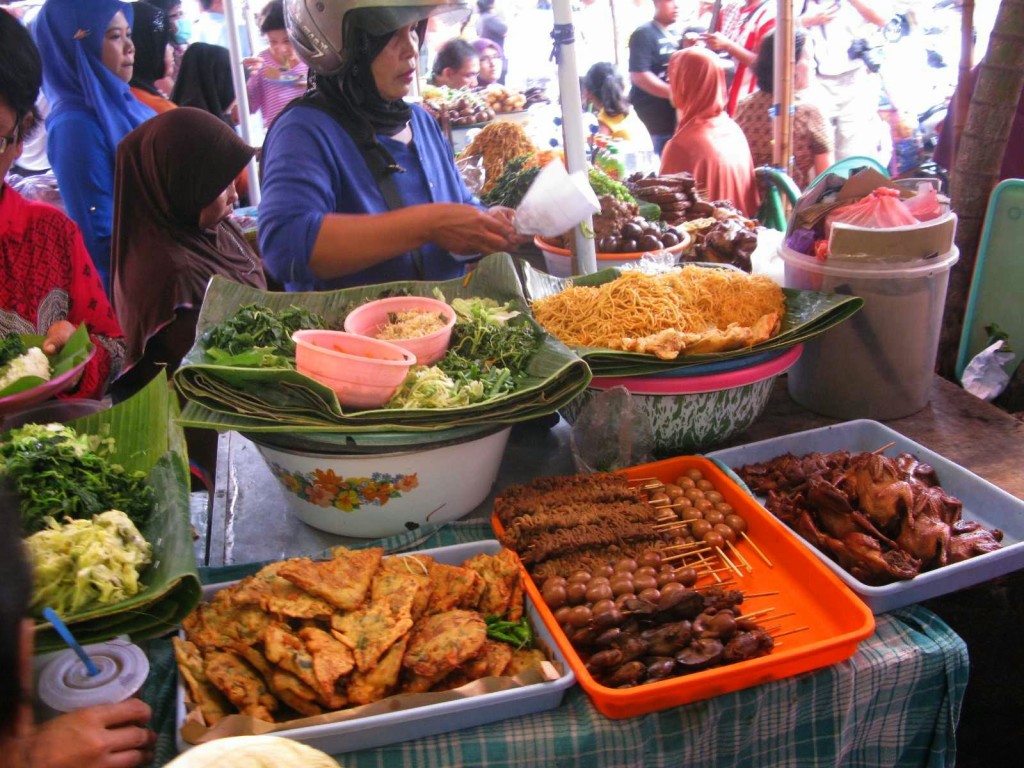 For lunch went to Via Via, very near the hotel, for the first of many meals that we would eat there. One of several Via Vias around the world, its good and reasonably priced restaurant was attached to a fair trade gift shop a bakery, and a space for activities such as yoga, art exhibitions and language classes. It reminded me very much of RISC in Reading. They also acted as a sales point for tours and activities outside the centre, including an evening silversmithing session. Mr V and I had left our wedding rings at home in order to avoid wearing valuables. We’d looked for silver replacements in India but not found anything that we liked and that fitted, so the opportunity to make our own was too good to pass up.
For lunch went to Via Via, very near the hotel, for the first of many meals that we would eat there. One of several Via Vias around the world, its good and reasonably priced restaurant was attached to a fair trade gift shop a bakery, and a space for activities such as yoga, art exhibitions and language classes. It reminded me very much of RISC in Reading. They also acted as a sales point for tours and activities outside the centre, including an evening silversmithing session. Mr V and I had left our wedding rings at home in order to avoid wearing valuables. We’d looked for silver replacements in India but not found anything that we liked and that fitted, so the opportunity to make our own was too good to pass up.
The session, that evening, was in Kota Gede, a district renowned for silversmiths. Unfortunately the taxi called by the guesthouse owner refused to use the meter and wanted an outrageous Rp70k for the 5km journey, so we got out and went to the main road to look for another taxi or a bus. There being neither, we ended up in a becak – although the route was fairly flat, it was very hard work for the driver and, and we arrived at the silver studio a little late. No matter – three hours later we had each cut, hammered, soldered, filed and polished a piece of silver tape into a ring – although Mr V’s was better than mine, since he’s generally good at that kind of thing and had done silversmithing as a teenager.
The next day we set out to walk to the kraton, the walled town around the sultan’s palace, and then the main market. It looked reasonably walkable – if only the map had been to scale. We also discovered that Yogyakarta’s pavements are not particularly pedestrian friendly – they are very high above the road, which means that ever time there’s a driveway or shop frontage there’s a steep slope, and the tiled surface is slippery when it rains. In addition it seems to be acceptable to block the pavement with your parked motorbike/warung benches/drying charcoal etc, so we ended up walking in the road a lot of the time. It wasn’t that much more dangerous anyway, since motorcyclists would take to the footpath in order to try to get through any traffic hold ups.
Eventually, having walked through the kraton, the 2-storey covered market, and the whole length of the main drag, Jalan Malioboro, we reached the railway station and had the opportunity to suss out how reservations vworked before catching the Transjogja bus back to the hotel. The Transjogja buses are a bit strange – stops are far apart and built as raised platforms (so no chance of getting on or off between stops), and stops have a manned turnstile – they must cost a fortune to run, since there’s a conductor on the bus as well.
We’d booked a tour to Borobudur for the Sunday. A lot of people go for sunrise – doing this means that you can join a minibus tour, saving on transport costs, but the entrace fee is far higher. It also means a 4am departure – given the amount of cloud that was still around, it really didn’t seem worthwhile. Instead, and for the same overall cost, we booked a private tour by car, choosing to leave at 7am in the hope of visiting beforevthe heat and the crowds built up. Fat chance. Even though it was only 8:30am and cloudy we were soaked in sweat before we even reached the platform that surrounds the temple, and a few school groups were already on the upper levels.
The first gaggle to accost us with a request to practise their English did so before we’d even got to the base of the temple, and as the morning wore on it became slightly irritating routine, answering the same questions that the students had prepared on a list, then posing for a group photo. But the kids were so polite and smiley that it would have been hard to refuse – I just wished their teachers showed a bit more imagination in the questions they set. The site itself is certainly worth its UNESCO status, and they had done a good job clearing the ash from the Mt Kelud eruption only six weeks before.
We had to move out of the De Pendopo the next day – it was a bit of a pain but I wasn’t really sorry, having suffered more mosquito bites in our few days there than in our 5 months in India. The new place, the Tropis, was just at the other end of the road, was the same price, and had a nicer garden (no lawn, but lots of orchids) and a swimming pool. The decor may not have been as funky, but I didn’t get bitten once – and the morning prayer calls were muffled enough to sleep through.
Apart from Borobudur, the main tourist sites around Yogya are Prambanan, a large Hindu temple, and the palace at the centre of the kraton. We dutifully visited both in our remaining time there. Prambanan was easy to visit on the 1A Transjogja bus, although it was a bit of a hike from the bus terminal. As at Borobudur, we were given a sarong to wear and payed a large premium for being foreigners. The setting was nice – a large grassy area surrounded the temple towers on their raised platform. Piped gamelan music drifted through the trees. Unfortunately the largest of the towers is still fenced off and still under repair following an earthquake in 2006, but the others are accessible, and as it was a weekday there were no school parties – it was actually pretty quiet. The palace, on the other hand was swarming with visitors. Still the residence of the Sultan and his family, it was only mildly intetesting, but worth the 70p entry ticket. A large number of elderly men in traditional dress, with short swords thrust through their waist sashes, wandered around or sat chatting and reading. I suppose they functioned as guards (one followed us into a pavilion housing a display of chinaware just to make sure we didn’t pilfer anything), but mostly I suspect it’s a form of charity.
We had planned to cross east Java by train and make the short ferry crossing to north Bali, but having dropped Mount Bromo from our plans (expensive, looked like a hassle, probably colder than we had suitable clothes for, and a high risk of cloud spoiling the views), there was actually little point except to see the countryside. When Mr V broke another tooth it provided the final incentive to change our plans and fly straight to Bali, where we knew there would be good English speaking dentists to service the Australian demand for cheap services. So we trekked back to the station to cancel our tickets, and quickly researched dentists and locations to stay in south Bali, an area in which we hadn’t really planned to linger.
As as starting point for a first visit to Indonesia, Yogyakarta wasn’t a bad choice. It’s not a ‘tourist town’ as such, in that it has a long history and comercial life quite separate from tourism, but it receives enough visitors to ensure that their needs are met and their faux pas overlooked, and English is widely spoken. I spent one morning at a Bahasa Indonesia class at Via Via, but barely got the chance to use it as everybody just speaks English to us. I doubt whether it will be any different in Bali.


